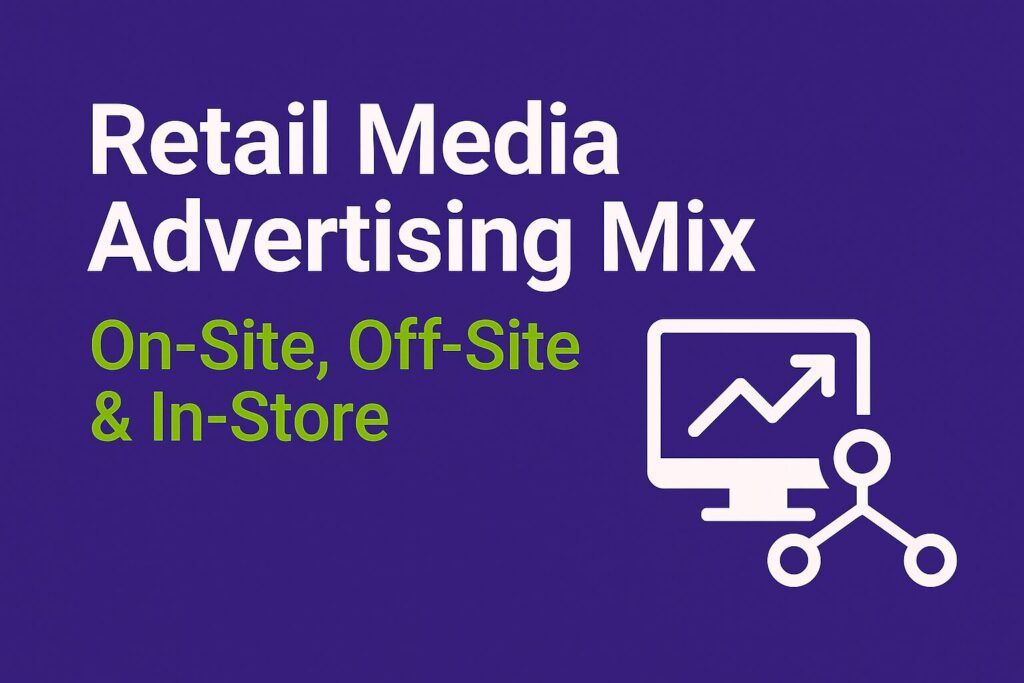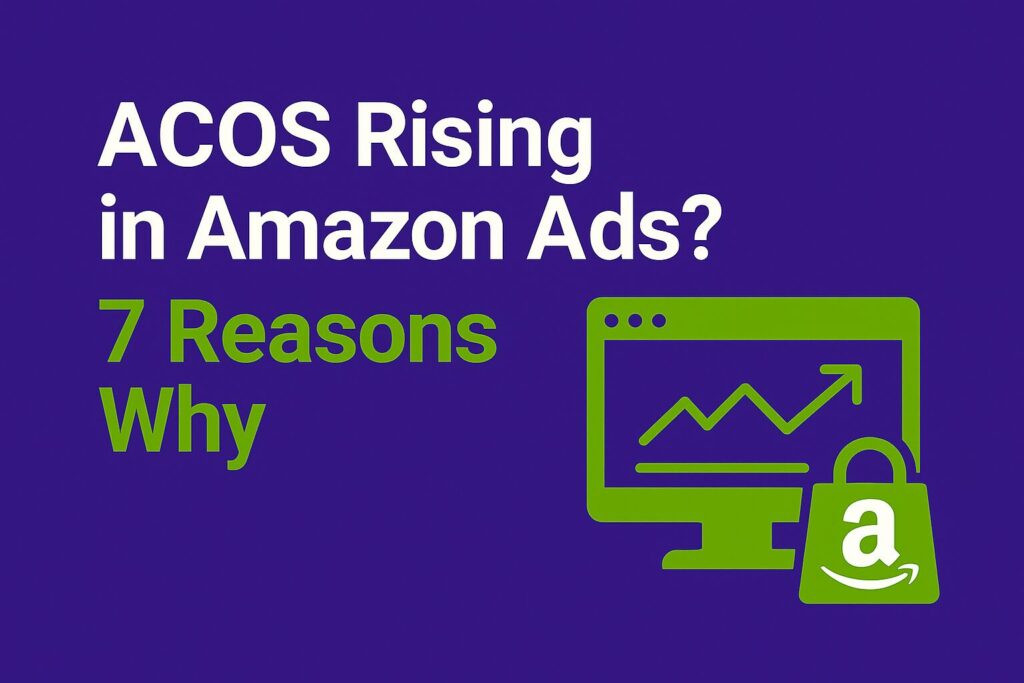Every successful retail media campaign begins with a single, well‑crafted document: the brief. In marketplace advertising—whether you’re running sponsored products on Amazon or display ads through Carrefour Link—the brief sets the direction for strategy, creative execution and measurement. It ensures every stakeholder—from brand marketers to merchant teams—understands which SKUs to promote, which audiences to target and which key performance indicators will define success. Skipping any part of this process can lead to wasted ad spend, misaligned expectations and lost revenue.
1. Brand & Product
Define your brand story and product specifications with precision. On a marketplace, you must list every SKU you plan to advertise, note its life‑cycle stage (new launch, evergreen, clearance) and highlight unique selling points.
Example: If you sell organic coffee pods, mention your Fair‑Trade certification, pack size and two standout flavor blends. This clarity helps creative teams write copy and select images that resonate with shoppers.
2. Company Positioning
Explain how customers currently perceive your brand on‑site and across social media. Include your average rating (for example, 4.3 stars on Amazon), the ratio of positive to negative reviews, and any recurring themes in customer feedback.
Example: If buyers frequently praise your packaging sustainability but complain about slow delivery, your brief should spotlight both strengths and pain points.
3. Competition & Category
List direct competitors (other brands selling similar SKUs) and indirect competitors (alternative solutions). Research category benchmarks for click‑through rate (CTR), cost per click (CPC) and share of voice. Then introduce “digital share of shelf”—the percentage of visible product slots you occupy in search results or category pages.
Example: If your four products appear in twenty first‑page slots for “Instant Coffee,” your share of shelf is 20 %.
Amazon reports that brands running Sponsored Products campaigns experience on average a 20 % uplift in sales velocity. For more details, see Amazon’s case studies.
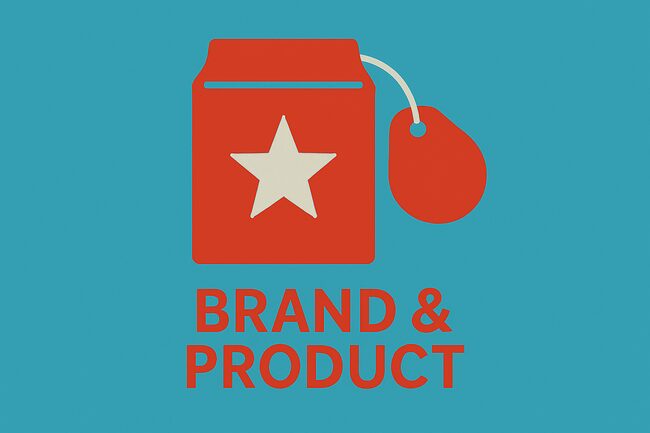
4. Objectives
Set clear, measurable goals. Are you aiming for increased awareness (impressions, reach) or driving performance (return on ad spend, ROAS, or total advertising cost of sale, TACoS)? Specify numeric targets and timeframes.
Example: Achieve a minimum ROAS of 4:1 over the next two weeks or keep TACoS below 20 % during the summer promotion.
5. Target Audience
Detail buyer personas using demographic data and first‑party insights such as past purchase behavior and loyalty program status. Break audiences into segments: high‑value repeat purchasers, occasional buyers or cart abandoners.
Example: Serve targeted offers to subscribers who have purchased at least three times in the past six months.
6. Cultural Context
Align your campaign with seasonality, holidays and broader market trends. Note upcoming events like Prime Day, Earth Day or a new product launch that could influence shopper behavior.
Example: Tie your messaging to “Sustainable Packaging Month” if you’ve introduced eco‑friendly pods in April.
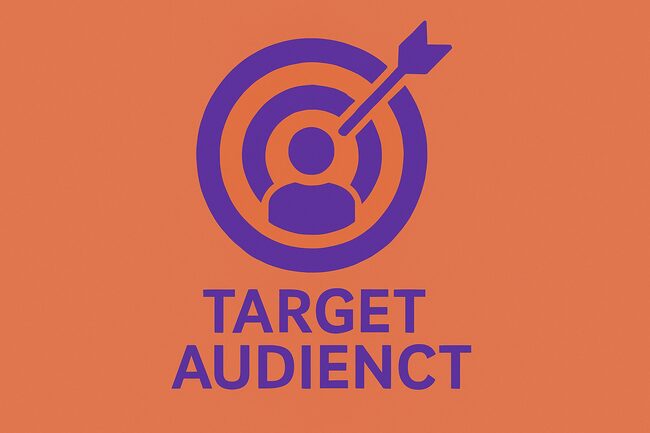
7. Issue / Challenge
Identify the primary barrier to your goals: low visibility, frequent stockouts or rising CPCs due to competitive bidding. Articulate the issue clearly so media planners can propose solutions.
Example: If low visibility is the challenge, allocate additional budget to Sponsored Brands and optimize your product titles and images for higher ranking.
8. Budget & Media Mix
Allocate budget across on‑site formats (Sponsored Products, Sponsored Brands), off‑site display and in‑store DOOH where available. Reserve at least 10 % of total spend for testing new creatives or placements.
Example: Distribute 60 % on‑site, 30 % off‑site and 10 % to DOOH experiments to maximize reach and learn quickly.
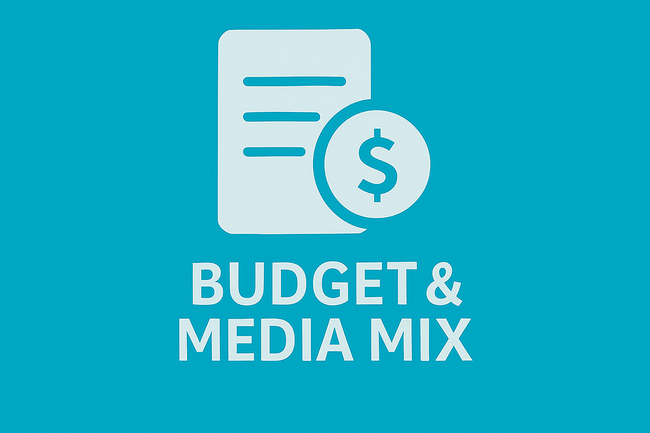
Conclusion
A comprehensive retail media brief ensures every element of your campaign—from creative direction to budget allocation—is grounded in data and aligned with business goals. By covering these eight pillars, you set the stage for efficient planning, seamless execution and measurable results.
For a deeper dive on why a solid brief is your competitive edge, read our latest article:
Retail Media Strategy: Why a Solid Brief Is Your Competitive Edge.
Senior E-commerce & Retail Media Leader with 8+ years across Amazon and leading marketplaces. Focus on full-funnel strategy, programmatic retail media, and international media governance. Sharing frameworks and operating models for growth.


